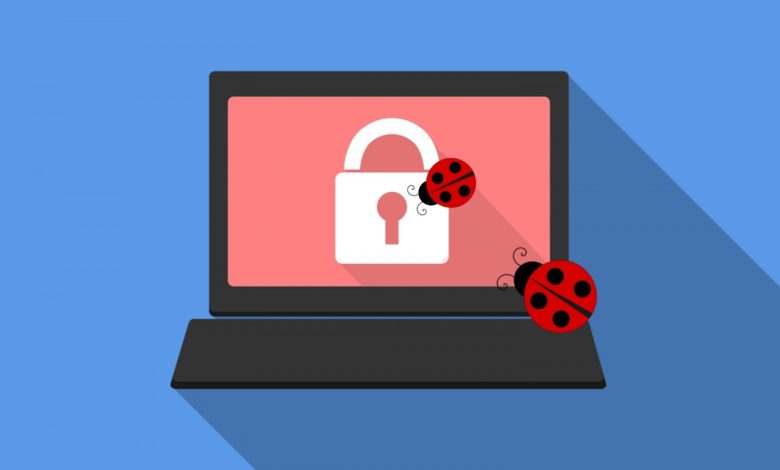A new study by Nemertes has revealed that organizations with the most success in cybersecurity efforts are 58% more likely to subscribe to cyber threat intelligence feeds. In order for your organization’s security levels and performance, make sure you invest time into subscribing to the best cybersecurity threat feeds.
Nemertes defines the success of cybersecurity as having a median total time to contain (MTTC) attacks in the 80th percentile or better. This translates to containing an incident within 20 minutes, so if it takes more than twenty minutes for them to respond properly and stop hackers, they’ve failed.”
How does a cyber threat intelligence feed help in reducing MTTC? A good feed assists in the process by helping organizations actively identify an attack and contain it, which reduces risks.
How threat intelligence feeds and platforms work
When assessing threat intelligence feeds, it is very important to distinguish between the platform and its output. Platforms are typically integrated with multiple sources of information, including both public and private data, as well as on-premises or cloud-based platforms that generate those feeds themselves.
When assessing threat intelligence feeds, it is very important to distinguish between the platform and its output. Platforms are typically integrated with multiple sources of information, including both public and private data, as well as on-premises or cloud-based platforms that generate those feeds themselves.
Five valuable threat intelligence services
The best threat intelligence for your company is specific to the industry you work in; what actions are you taking online, and what kind of concerns do you have? That said, a number of services stand out from others based on their reputation with customers.
IntSights
IntSights offers cloud-based threat intelligence across a wide range of areas, focusing heavily on dark web insight and customized threat hunting. The company also includes a portfolio of assistance services aimed at custom options to help you work with your organization’s specific needs.
Kaspersky Labs
Moscow-based Kaspersky Labs is one of the best-known and largest threat intelligence providers. The company has a range of cybersecurity products, including endpoint security and antimalware, as well as being one of the first to offer pure-play threats with customized feeds for any industry or use case – from financial services to industrial IoT.
Recorded Future
Recorded Future is a threat intelligence company founded in Somerville, Mass. They offer six main types of cyber-intelligence: brand intelligence, SecOps intel (aka “cybersecurity operations”), threats and vulnerabilities, third party information feeds that can be used to enhance other platforms – like Google Maps or Microsoft Office 365, for instance – as well as geopolitical data on the world’s top 50 countries.
ReversingLabs
ReversingLabs is a cybersecurity company with an innovative approach to threat intelligence. They offer their TitaniumCloud program, which includes several tiers of services that organizations can use at any level in the industry. You’ll have access to top-tier security experts and data from over 100 million endpoints worldwide for little as $50 per month!
RiskIQ
San Francisco-based RiskIQ is an intellectual powerhouse. They’ve been tracking the threat for more than a decade and can use this insight to pinpoint not only attackers but their motivations, capabilities,, and ability to harm specific organizations.
FAQ’s
Which intelligence threat feed is best?
The Ultimate List of Open-source and Free and Open-source Threat Intelligence Feeds
- Proofpoint Emerging Threats Rules.
- The CINS Score.
- SANS Internet Storm Center.
- VirusTotal.
- Cisco Talos Intelligence.
- The Spamhaus Project.
- VirusShare Malware Repository.
- Google Safe Browsing.
What is the most dangerous cyber attack?
The 7 Most Dangerous Cyber Attacks (and How to Fight Back)
- Brute Force.
- Structured Query Language (SQL) Injection.
- Denial of Service (DoS).
- Man in the Middle.
- Malware.
- Phishing.
Click here to view original web page at www.siaonline.org








